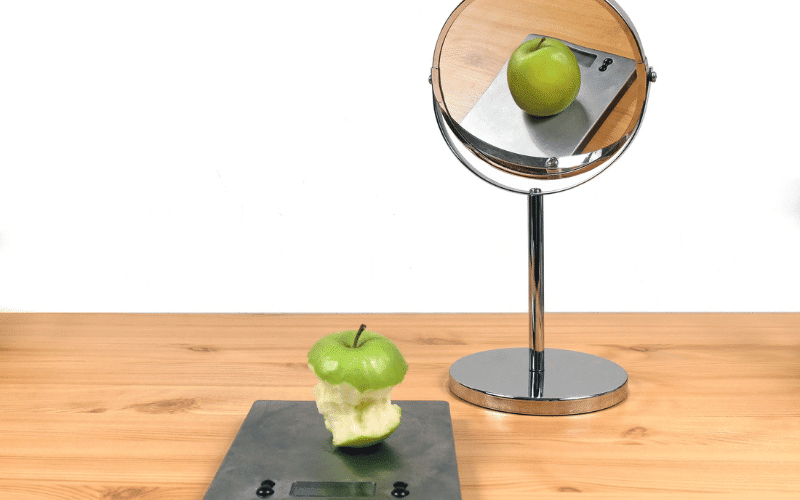Symptom 6. Body Dissatisfaction and Distorted Body Image: The Unsettling Reality of Anorexia

A distorted body image is a central feature of anorexia nervosa. Individuals with this disorder often perceive themselves as overweight or unattractive, even when they are underweight or of normal weight. This distorted perception can lead to intense feelings of body dissatisfaction, driving them to engage in harmful behaviors to achieve their perceived ideal body size.
This body dissatisfaction may manifest in various ways, such as frequent body checking, comparing oneself to others, or seeking constant reassurance about one’s appearance. Individuals with anorexia may also avoid situations where their body is exposed or scrutinized, such as swimming or trying on clothes in public. In more extreme cases, they may even experience body dysmorphic disorder (BDD), a condition characterized by an excessive preoccupation with a perceived flaw in one’s appearance.
The emotional impact of body dissatisfaction and distorted body image can be profound. It can contribute to feelings of shame, anxiety, and depression, further reinforcing the individual’s need to engage in restrictive and harmful behaviors. Additionally, it may lead to social isolation, as the individual may withdraw from social situations in which their body or appearance may be judged or compared to others.
Addressing body dissatisfaction and distorted body image is a crucial component of anorexia nervosa treatment. Through therapy, individuals can learn to challenge their negative thoughts and beliefs about their body, developing a more accurate and positive self-perception. This process may involve a combination of cognitive restructuring, exposure therapy, and mindfulness techniques to help individuals gradually confront and accept their body as it is. (6)